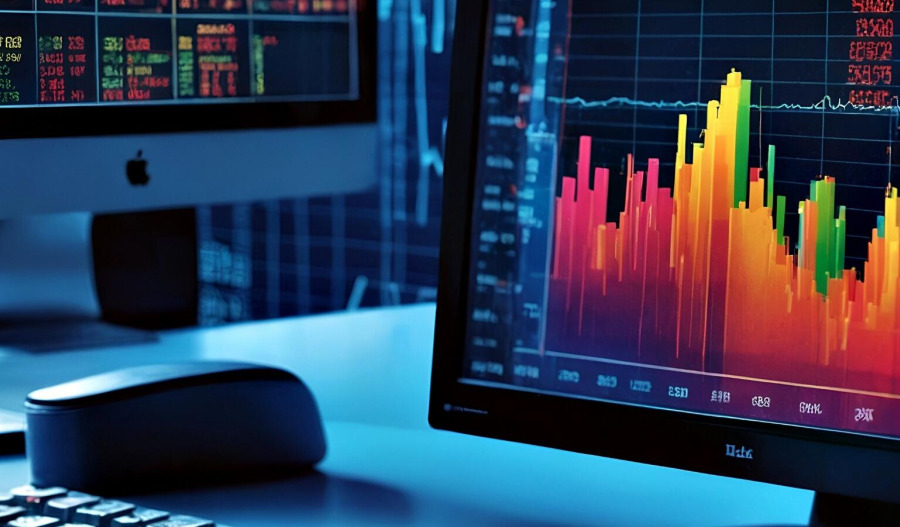Asia-Pacific markets declined on Friday, with investor sentiment dented by newly adjusted tariff rates announced by United States President Donald Trump.
The revised “reciprocal” tariffs now range from 10% to 41% across various countries.
By 11:30 am AEST (1:30 am GMT), Australia’s S&P/ASX 200 had fallen 0.8%, while Japan’s Nikkei 225 was down 0.4%, and South Korea’s Kospi 200 had plunged 3%, hitting its lowest level since 9 July.
In economic data, Japan’s jobless rate held steady at 2.5% in June, unchanged from the previous month, according to official figures released Friday.
Australia’s producer price index rose 0.7% for the quarter and 3.4% year-on-year to the June quarter of 2025, according to fresh data from the Australian Bureau of Statistics (ABS). The annual pace marked the slowest increase since the September quarter of 2021, reflecting continued moderation in input costs.
Overnight on Wall Street, U.S. stocks ended lower amid lingering uncertainty over monetary policy and a wave of corporate earnings.
The Dow Jones Industrial Average declined 0.7%, the S&P 500 dropped 0.4%, and the Nasdaq Composite dipped 0.03%.
In commodities, Brent crude eased 1.1% to US$71.70 a barrel, retreating from multi-week highs. Spot gold rose 0.5% to $3,290.12 an ounce, rebounding from four-week lows.
Mainland Chinese shares also declined, with the Shanghai Composite down 1.2% to 3,573.2, reversing Thursday’s close to its highest since 8 October 2024. The CSI 300 Index shed 1.8% to finish at 4,075.6.
In Hong Kong, the Hang Seng Index dropped 1.6% to 24,773.3. India’s BSE Sensex also fell, losing 0.4% to close at 81,185.6.
European markets tracked global weakness. The UK’s FTSE 100 edged down 0.1% to 9,132.8, Germany’s DAX lost 0.8% to 24,065.5, and France’s CAC 40 fell 1.1% to 7,772.0.



